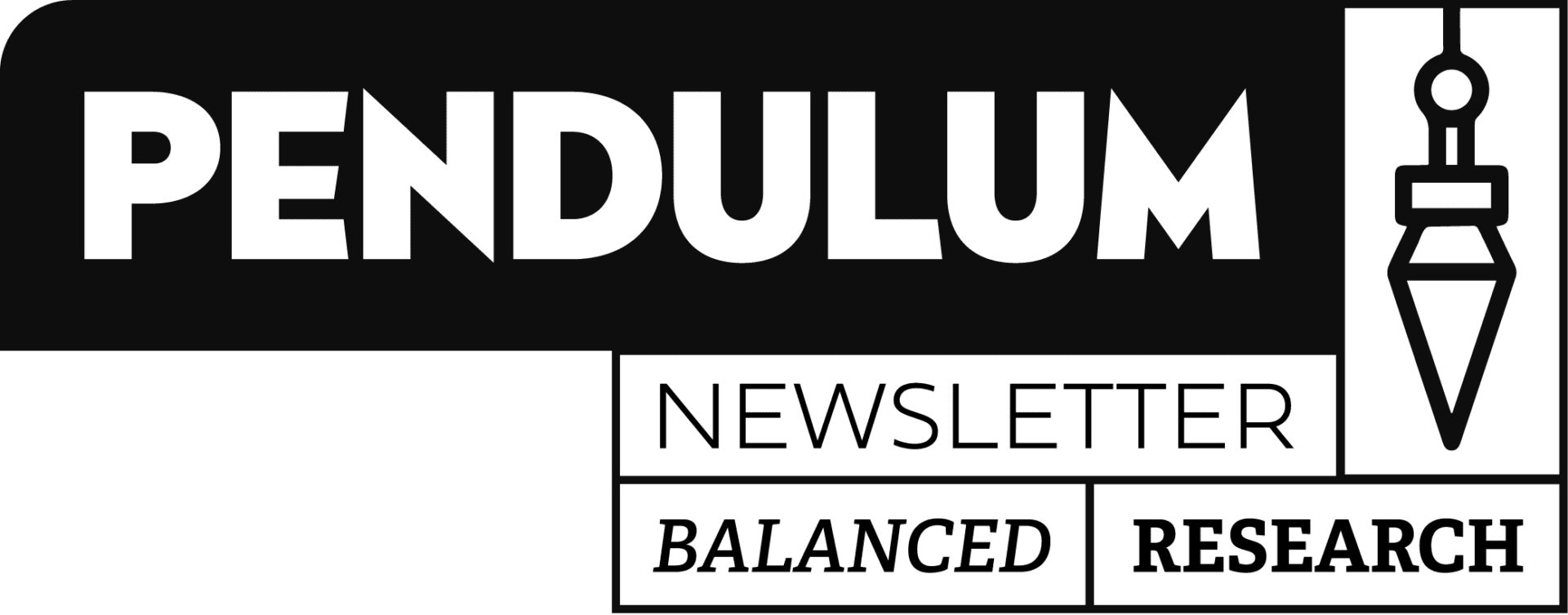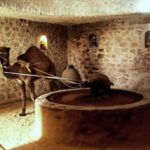
| This week, I had the opportunity to get a real reflexology massage and to realize that any time I had tried reflexology before was just a foot massage compared to what reflexology really is. For the most part, my practitioner, Yuki, wants the general population to know that “reflexology” done in most salon settings probably isn’t reflexology. Yuki’s been practicing for over 20 years and still does ongoing education in the field because of how complex it can be. She suggests that before paying for a reflexology treatment, to talk to the person first if possible, and see if they understand it beyond just a foot massage. Reflexology is a practice that works similarly to acupuncture or acupressure. It utilizes certain energy points throughout the body. There are more nerve endings in the foot than anywhere else in the body. From an anatomical perspective, feet (and hands) are the most highly condensed nerve endings that shoot up toward the central spinal system. In acupuncture terminology, reflexology channels or releases Qi energy. It follows energy meridians through the body that correlate these energy points to other areas of the body. Interestingly enough, the reflexology we know today originated from ancient Egypt. If there is one category in which ancient Egypt surpassed Greek and Roman civilizations in it was in their medicine and anatomy. In the 1900s, a few doctors from the Western world took an interest in reflexology and started exploring the practice more. From this developed the Zone Theory where it’s been found that the foot is a mirror image to the spine and organs. If you are barefoot, you look at the curvature in the gap between your feet. Or even better, trace the curvature of the inside of one foot from the big toe to the heel. This outline mimics the curvature of the spine. The narrowing at the big toe metatarsal joint mirrors the cervical spine (neck). As the foot widens again, bunions are frequently found in the thoracic spine (shoulders). The arch of the foot subsequently follows each vertebra of the lumbar spine. This is where things get interesting because the organs on the left are represented on the left foot. If the foot is a map of the body, all the organs have a relative place in somewhat accurate proximity to the “spine” or inside of the foot. Does it hurt? A little bit. There should be moments of discomfort or intensity, but they should be short-lived and followed by more relaxing massage. Does it work? Whenever I’ve tried it in the past, it was likely just a foot massage, so I never saw the benefits. After this session, I could feel a difference for the rest of the day. I signed up because I’ve been on my feet a lot, wearing heels that gave me minor knee pain, so I am just looking for some extra attention on the feet. What I got out of it was a whole-body difference that I felt for days. How To Find A Reflexologist: Red Flags: – Oil or lotion being used. Reflexology should be done dry without any body oil or lotion on the feet Green Lights: – Able to point to correlating points on the foot to other body parts – Can accurately read areas of stress, tension, and digestive issues by looking at the feet alone – Able to explain the origin and method of reflexology |


